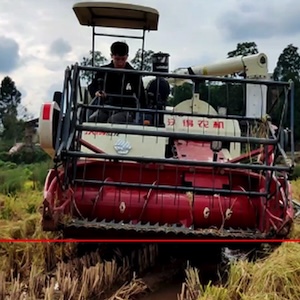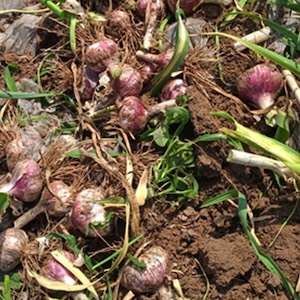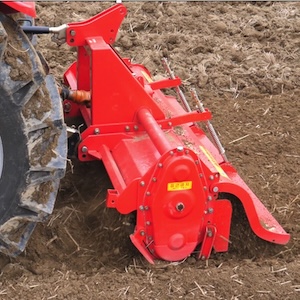Establishing soil loss tolerance: an overview

Published:29 September 2016
Abstract Views: 3142
PDF: 1806
HTML: 2818
HTML: 2818
Publisher's note
All claims expressed in this article are solely those of the authors and do not necessarily represent those of their affiliated organizations, or those of the publisher, the editors and the reviewers. Any product that may be evaluated in this article or claim that may be made by its manufacturer is not guaranteed or endorsed by the publisher.
All claims expressed in this article are solely those of the authors and do not necessarily represent those of their affiliated organizations, or those of the publisher, the editors and the reviewers. Any product that may be evaluated in this article or claim that may be made by its manufacturer is not guaranteed or endorsed by the publisher.
Similar Articles
- Vincenzo Bagarello, Vito Ferro, Dennis Flanagan, Predicting plot soil loss by empirical and process-oriented approaches. A review , Journal of Agricultural Engineering: Vol. 49 No. 1 (2018)
- Mario Pirastru, Marcello Niedda, Mirko Castellini, Effects of maquis clearing on the properties of the soil and on the near-surface hydrological processes in a semi-arid Mediterranean environment , Journal of Agricultural Engineering: Vol. 45 No. 4 (2014)
- Vidas Damanauskas, Algirdas Janulevičius, Effect of tillage implement (spring tine cultivator, disc harrow), soil texture, forward speed, and tillage depth on fuel consumption and tillage quality , Journal of Agricultural Engineering: Vol. 53 No. 3 (2022)
- Lei Liu, Xianliang Wang, Xiaokang Zhong, Xiangcai Zhang, Yuanle Geng, Hua Zhou, Tao Chen, Design and experiment of furrow side pick-up soil blade for wheat strip-till planter using the discrete element method , Journal of Agricultural Engineering: Vol. 55 No. 1 (2024)
- Sara Cucchiaro, Laura Carretta, Paolo Nasta, Federico Cazorzi, Roberta Masin, Nunzio Romano, Paolo Tarolli, Multi-temporal geomorphometric analysis to assess soil erosion under different tillage practices: A methodological case study , Journal of Agricultural Engineering: Vol. 53 No. 1 (2022)
- Ugo Lazzaro, Caterina Mazzitelli, Benedetto Sica, Paola Di Fiore, Nunzio Romano, Paolo Nasta, On evaluating the hypothesis of shape similarity between soil particle-size distribution and water retention function , Journal of Agricultural Engineering: Vol. 54 No. 4 (2023)
- Ossama M. M. Abdelwahab, Ronald L. Bingner, Fabio Milillo, Francesco Gentile, Effectiveness of alternative management scenarios on the sediment load in a Mediterranean agricultural watershed , Journal of Agricultural Engineering: Vol. 45 No. 3 (2014)
- Juan Ãngel Mintegui Aguirre, José Carlos Robredo Sánchez, Carlos de Gonzalo Aranoa, Pablo Huelin Rueda, Jorge Fallas, Felipe Cisneros, Pedro Cisneros, Adriana Urciuolo, Rodolfo Iturraspe, Forest use strategies in watershed management and restoration: application to three small mountain watersheds in Latin America , Journal of Agricultural Engineering: Vol. 45 No. 1 (2014)
- Abderrahman Sghaier, Hanen Dhaou, Lassaad Jarray , Zouhair Abaab, Ahmed Sekrafi, Mohamed Ouessar , Assessment of drought stress in arid olive groves using HidroMORE model , Journal of Agricultural Engineering: Vol. 53 No. 1 (2022)
- Longlong Wang, Changjiang Zheng, Mingke Li, Tongtong Mi, Songze Li, Xuemei Yi, Drag reduction design and experiments for the chisel-shaped shovel tip , Journal of Agricultural Engineering: Vol. 55 No. 3 (2024)
You may also start an advanced similarity search for this article.

 https://doi.org/10.4081/jae.2016.560
https://doi.org/10.4081/jae.2016.560 










